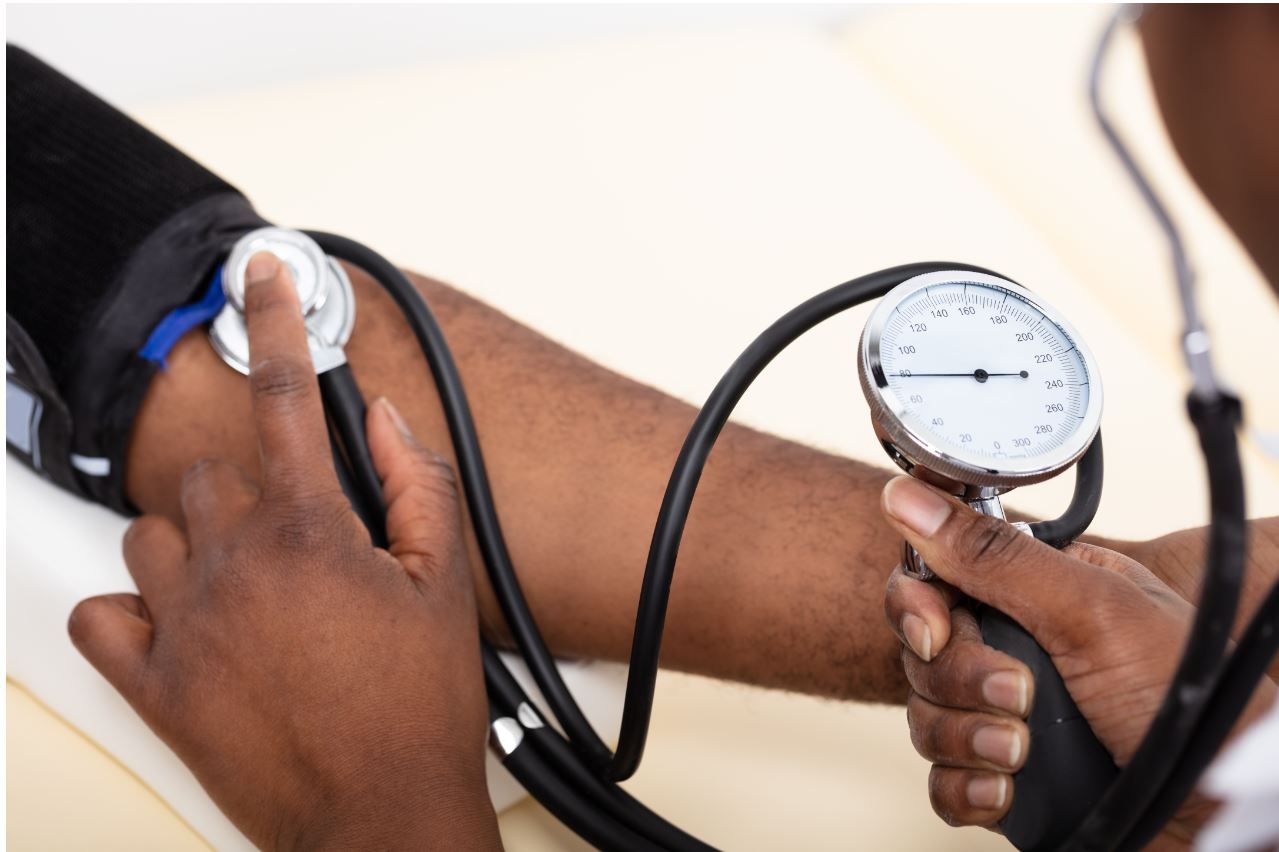- Clinical Technology
- Adult Immunization
- Hepatology
- Pediatric Immunization
- Screening
- Psychiatry
- Allergy
- Women's Health
- Cardiology
- Pediatrics
- Dermatology
- Endocrinology
- Pain Management
- Gastroenterology
- Infectious Disease
- Obesity Medicine
- Rheumatology
- Nephrology
- Neurology
- Pulmonology
Hypertension Awareness and Control Improved with Better Access to Primary Care, New Study Finds

Communities with better access to primary health care had better hypertension (HTN) control and awareness compared with communities with worse access, according to new research published in Circulation: Cardiovascular Quality and Outcomes.
“Access to primary care is the key to hypertension management; however, many Americans have limited access to primary care where they live,” said senior study author Brisa Aschebrook-Kilfoy, PhD, associate professor of public health sciences, University of Chicago, in a press release. “This is especially true of people in economically disadvantaged neighborhoods or people from diverse racial and ethnic groups, particularly among African American individuals.”
For this study, Aschebrook-Kilfoy and colleagues included 5096 participants (mean age, 53 years) from the Chicago Multiethnic Prevention and Surveillance Study (COMPASS) and evaluated the association between spatial accessibility of primary care and HTN control and awareness in low-income areas of Chicago.
Locations of PCPs in Chicago were obtained from MAPSCorps, a non-profit organization, and a score was generated for spatial accessibility of primary care using an enhanced 2-step floating catchment area method, according to researchers. A higher spatial accessibility score indicated better accessibility to primary care. Measured HTN was defined as systolic blood pressure (BP) ≥130 mm Hg or diastolic BP ≥80 mm Hg.
The study population was predominately non-Hispanic Black (84%), over 53% reported an annual household income of less than $15 000, and 37.3% were obese. Measured HTN prevalence was 78.7%, among which 37.7% were uncontrolled and 41% were unaware.
Results showed that a higher accessibility score was associated with lower HTN prevalence. In fully adjusted models, compared with the first (lowest) quartile of accessibility score, the odds ratio (OR) strengthened from 0.82 (95% CI, 0.67–1.01) for the second quartile to 0.75 (95% CI, 0.62–0.91) for the third quartile, and further to 0.73 (95% CI, 0.60–0.89) for the fourth and highest quartile (P for trend <.01). Investigators reported that similar associations were observed for uncontrolled HTN and unaware HTN.
When stratified by neighborhood socioeconomic status, a higher accessibility score was associated with lower rates of unaware HTN in both disadvantaged and nondisadvantaged neighborhoods.
“Based on these findings, we need to encourage primary care physicians to expand access to people who live in underserved communities with the fewest primary care professionals,” added Aschebrook-Kilfoy in the release. “Mobile health units may be one approach to increase primary care service in underserved areas by eliminating the challenge of getting transportation to and from an office visit. The use of anti-hypertension medications also needs to be studied and addressed, especially as it was not linked to primary care accessibility in this study.”
While the method used by investigators can be used anywhere with sufficient location information about PCPs, a major limitation of the study was that these specific results may not be representative of other communities and populations, such as middle-class urban communities or persons from other diverse racial and ethnic groups, noted Aschebrook-Kilfoy et al.
Reference: Luo J, Kibriya MG, Zakin P, et al. Urban spatial accessibility of primary care and hypertension control and awareness on Chicago's south side: A study from the COMPASS cohort. Circ Cardiovasc Qual Outcomes. Published online September 6, 2022. doi:10.1161/CIRCOUTCOMES.121.008845
